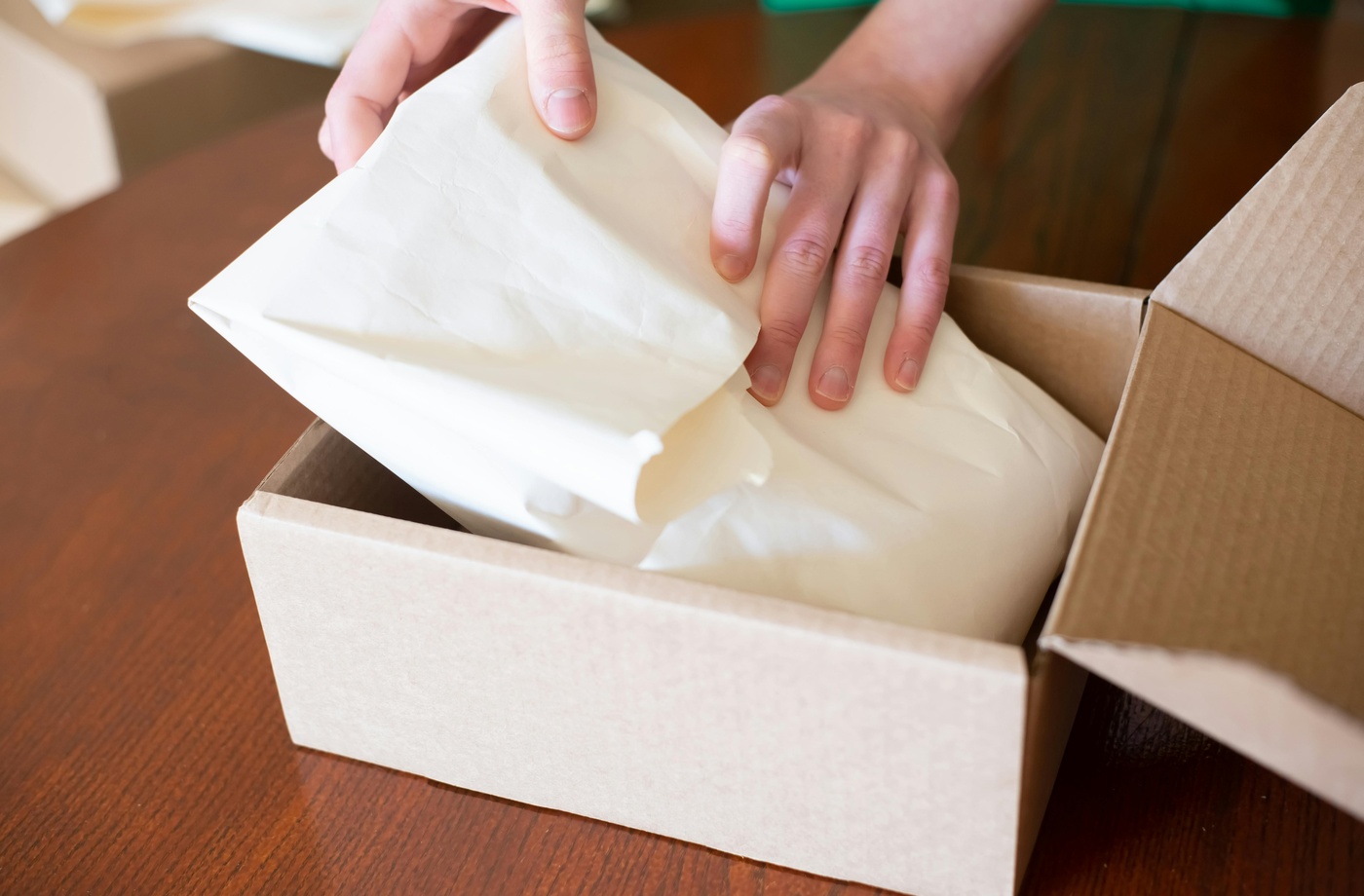How to Make Your Shipping Process More Eco-Friendly
Creating a sustainable shipping process isn’t just good for the planet—it’s also increasingly expected by customers and supply chain partners. Whether you’re a small e-commerce brand or a growing logistics team, reducing your shipping footprint can lead to long-term savings, stronger brand reputation, and better regulatory alignment. Here’s how to make your shipping operations more eco-friendly, without compromising performance.
Start with sustainable packaging
Packaging is often the first place where waste and excess material pile up. Switching to recyclable, compostable, or biodegradable alternatives can significantly cut down on landfill contributions. Consider these eco packaging providers:
- EcoEnclose: Offers 100% recycled mailers, boxes, and void fill.
- noissue: Provides compostable mailers and soy-based ink branding options.
- Sustainable Packaging Coalition: Great resource for packaging standards and innovation.
Avoid over-packaging by right-sizing boxes and using minimal filler materials. Not only does this reduce material costs, but it also makes each shipment more fuel-efficient.
Reduce emissions with smarter transportation strategies
Transportation accounts for a large portion of shipping-related emissions. If you manage your own delivery fleet or partner with couriers, consider:
- Route optimization tools like Route4Me to reduce mileage and idling time.
- Consolidating shipments into fewer trips to cut fuel usage.
- Exploring electric vehicle options from brands like Rivian or Ford E-Transit for last-mile delivery.
Additionally, partnering with certified carriers through EPA’s SmartWay Program can help verify your supply chain partners are meeting environmental standards.
Offset unavoidable emissions
Even the most efficient operations produce some carbon emissions. That’s where carbon offset programs come in. Platforms like Carbonfund.org and Gold Standard let you invest in renewable energy, reforestation, and community projects that neutralize your shipping impact.
Use digital tools to minimize waste
Go paperless where possible—opt for digital receipts, tracking, and return labels. This reduces paper waste and streamlines your operations. Digital return systems like Loop Returns and shipping platforms such as Shippo can help automate and simplify the customer experience.
Engage your customers
More consumers want to know how their orders are being shipped. Let them know when you’re using sustainable packaging or low-emission delivery methods. Include green badges or transparency notes at checkout and in confirmation emails. This builds trust and can even boost loyalty.
Final thoughts
Making your shipping process eco-friendly doesn’t require a complete overhaul. Through thoughtful packaging, smarter transportation, emission offsets, and digital efficiency, businesses can build greener logistics workflows that benefit both the environment and the bottom line. Even small changes, when scaled across thousands of packages, can have a meaningful impact.



